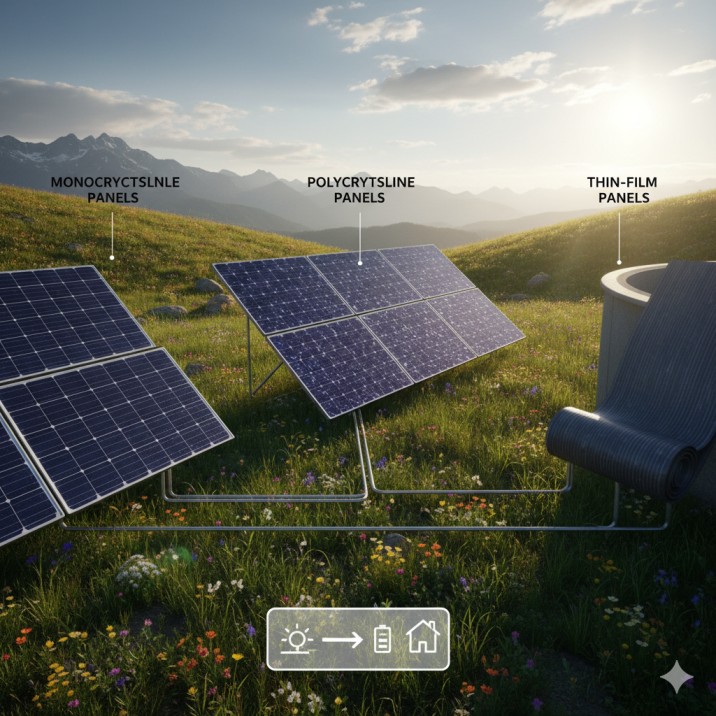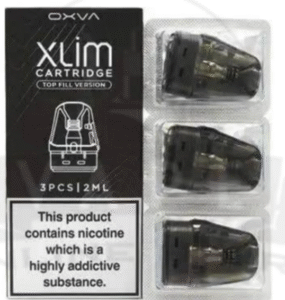
When Ananya moved into her new home, she dreamed of reducing electricity bills and switching to renewable energy. One sunny morning, while sipping coffee on her balcony, she stared at the empty rooftop and thought, “Which types of solar panels would be right for me?” That simple thought started her journey into the world of solar energy.
Choosing among the different types of solar panels isn’t just about looks—it’s about efficiency, budget, and how long they last. Here’s how Ananya explored her options and discovered the perfect match for her home.
The First Encounter: Monocrystalline Solar Panels
Her first stop was Monocrystalline solar panels. A neighbor had them installed, and they looked sleek with their black finish. She learned they were made from a single crystal structure, giving them higher efficiency.
Great for rooftops with limited space
Long-lasting (over 25 years)
More expensive than other options
They looked promising, but she wanted to see how other types of solar panels compared.
The Budget-Friendly Choice: Polycrystalline Solar Panels
Next, Ananya discovered Polycrystalline solar panels. Unlike the black monocrystalline, these had a bluish tone. They were slightly less efficient but much more affordable.
Balanced cost and performance
Good in sunny regions
Slightly shorter lifespan (20–25 years)
She realized that while these panels saved money upfront, efficiency mattered if she wanted to maximize her roof space.
The Space Saver: Thin Film Solar Panels
Her cousin suggested checking out Thin film solar panels. She was amazed to see flexible panels on a shed roof—lightweight and easy to install.
Perfect for large or uneven surfaces
More affordable
Shorter lifespan (10–20 years)
They weren’t ideal for her small rooftop, but she saw their value in warehouses and bigger properties.
The Double-Sided Wonder: Bifacial Solar Panels
Ananya’s research took a surprising turn when she came across Bifacial solar panels. These could generate electricity from both sides—the front capturing direct sunlight and the back collecting reflected rays.
Higher energy yield
Best for open yards or reflective rooftops
Higher installation cost
She thought, “If I had a larger open space, these would be perfect.”
The Modern Upgrade: PERC Solar Panels
Finally, she discovered PERC solar panels (Passivated Emitter and Rear Contact). These were advanced versions of monocrystalline, with an extra layer at the back that trapped more sunlight.
Excellent in hot or humid climates
Higher efficiency than traditional crystalline panels
Slightly more expensive, but worth it
This felt like a strong option for her needs.
Comparing All Types at Once
At this stage, Ananya had too many notes and needed clarity. So she drew up a table to compare the main types of solar panels side by side:
| Type of Solar Panel | Efficiency | Cost | Lifespan | Best For |
| Monocrystalline Solar Panels | High (18–22%) | Premium pricing | 25+ years | Small rooftops, high efficiency needs |
| Polycrystalline Solar Panels | Moderate (15–17%) | More affordable | 20–25 years | Homeowners balancing cost & performance |
| Thin Film Solar Panels | Low–Moderate (10–13%) | Lower cost | 10–20 years | Large areas, flexible or temporary setups |
| Bifacial Solar Panels | High (up to 25% with reflection) | Higher upfront | 25+ years | Open spaces, commercial projects, reflective rooftops |
| PERC Solar Panels | Very High (up to 23%) | Slightly higher than crystalline | 25+ years | Hot climates, rooftops with variable light conditions |
Seeing the differences in efficiency, cost, and lifespan side by side made everything clearer.
Ananya’s Choice
After reviewing the types of solar panels, Ananya chose a hybrid system combining PERC solar panels with Monocrystalline solar panels. That way, she got the efficiency she wanted and ensured her investment would last for decades.
Final Thoughts
Ananya’s story shows that there’s no universal “best” among the types of solar panels. The right choice depends on your home, budget, and energy needs.
If you’re standing on your rooftop like Ananya, wondering which path to take, expert help makes all the difference. Solarestique specializes in customized solar solutions—guiding you through every step, from comparing Monocrystalline, Polycrystalline, Thin film, Bifacial, and PERC solar panels to designing a system that truly works for you.
Because solar energy isn’t just about panels—it’s about building a brighter, sustainable future.


